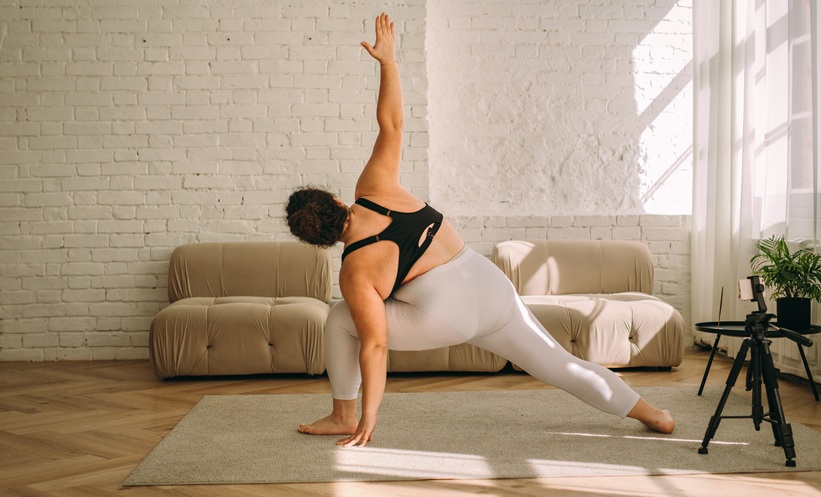A NEW pilot study suggests that yoga and walking for type 2 diabetes significantly improve blood glucose control, with combined practice offering the greatest metabolic benefit.
Lifestyle Interventions Using Yoga and Walking for Type 2 Diabetes
Type 2 diabetes is driven by impaired insulin secretion and reduced insulin sensitivity, making sustainable lifestyle approaches essential for disease management. While exercise and mind–body practices are known to support glycaemic control, comparative evidence assessing the specific benefits of yoga and walking in rural community settings remains limited. This quasi-experimental pilot study evaluated whether these accessible interventions could improve glycaemic outcomes and quality of life in adults with T2DM from the Kamrup Rural district of Assam.
Small Pilot Study Tests Three Intervention Models
The study included 20 adults with type 2 diabetes divided into four groups: yoga only, walking only, combined yoga-and-walking, and a control group. Over a three-month period, participants practiced their assigned activities, while researchers monitored fasting blood sugar (FBS), postprandial blood sugar (PPBS), HbA1c, and quality-of-life domains. Despite the small sample size, the design offered an opportunity to compare singular versus combined non-pharmacologic interventions, providing early insights into their relative contributions to metabolic health.
Yoga and Walking Deliver Significant Glucose Improvements
Both yoga and walking led to significant reductions in fasting blood sugar, while PPBS improvement reached significance only in the yoga group. All three intervention groups (yoga, walking, and the combined schedule) demonstrated meaningful decreases in HbA1c over time, with the combined group showing the largest overall glycaemic improvement. Quality-of-life findings varied across domains: walking yielded the strongest gains in psychological and social functioning, whereas yoga improved environmental well-being. Together, these findings reinforce that yoga and walking for type 2 diabetes offer complementary benefits, influencing both physiological and psychosocial dimensions of care.
This pilot study indicates that yoga and walking can meaningfully reduce blood glucose levels in adults with T2DM, particularly when combined. Larger trials are needed to validate these promising lifestyle-based strategies.
Reference
Hazarika D et al. Effects of yoga and walking on blood glucose levels and quality of life in adults with type 2 diabetes mellitus: a pilot study. Cureus. 2025;17(11):e97023.








